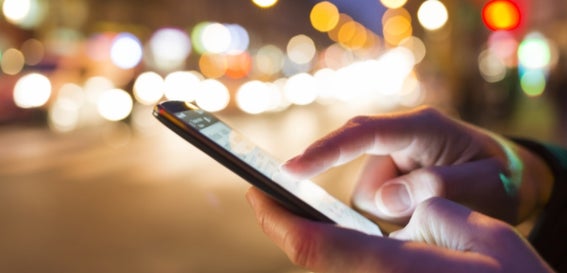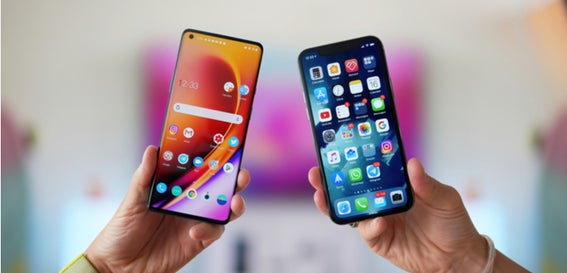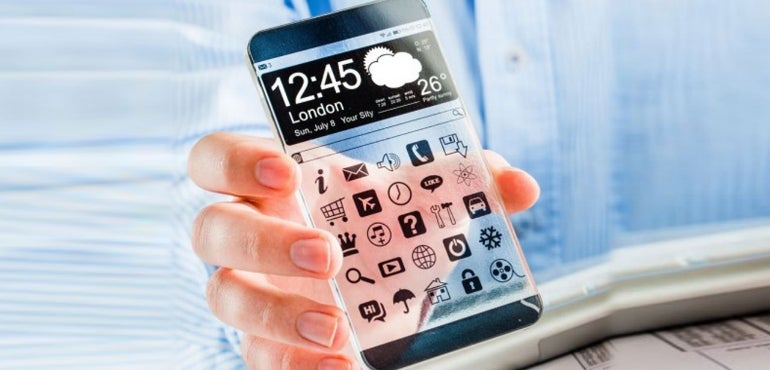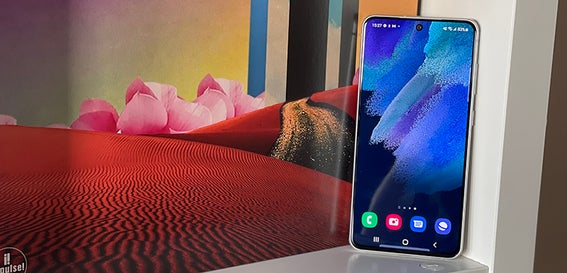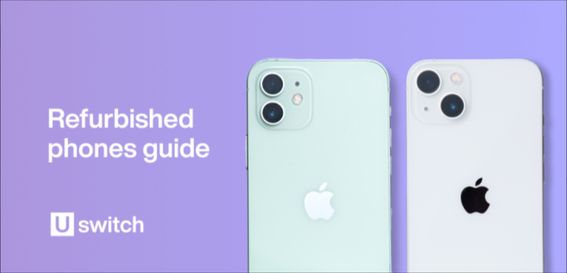With all the hard-won wisdom of a man who's taken more than his fair share of knocks, Rocky Balboa once said: "Let me tell you something you already know. The world ain't all sunshine and rainbows."
As far as photography goes, that's very bad news. After all, light is the single most important element of taking good snaps.
Unfortunately, not all the important moments we want to capture happen outdoors on a sunny spring day.
In fact, it appears that most of the fun happens in challenging light conditions: at restaurants, clubs, wedding receptions, birthday parties, live concerts or late at a picnic set against a summer sunset.
Smartphones do their best to adjust to low light with automatic modes, but the results aren't always consistent and only rarely do you manage to truly capture the mood of the moment.
Here, we have put together four simple tips to improve your photos whenever light is in the wrong place, or there's simply not enough of it.
Muddled by megapixels? Confused by 'contrast'? We make sense of camera vocab with our photography jargon buster.
1 Keep your phone steady
In low-light, smartphone cameras will try to adjust automatically to compensate for the conditions. Consequently, the camera will increase exposure time to capture as much light as possible.
Almost inevitably, this results in fuzzy images and blurred lines, unless the phone is kept very still.
That doesn't mean you have to carry around a tripod, though. Just look around you for a steady surface: a mug, a beer can, or even someone's shoulder can be used to keep your phone steady while you frame the subject and tap to take the shot.
Here's an example in a dimly-lit hallway, with only a little late-afternoon light coming through the front door. As you'll see, the phone does a good job of adjusting to the conditions and there's an adequate amount of light.
But take a good look at the difference between the first picture, where I simply kneeled down and tapped, and the second where I rested the phone on my knee and was extra careful in keeping it still:

Indoor photography demands a steady hand or your photo will be blighted by blurry details.

Resting the phone on something (and sometimes even holding your breath) makes for noticeably better results.
2 Tap-to-focus isn't just for focusing
This is probably the most underestimated feature of phone cameras and is one of the best tricks to get a decent shot with your phone.
To shift focus, you simply tap on the desired part of the image you want to focus on. That much you know.
But tap-to-focus is useful in low-light too. That's because when you're shooting in the dark or when the subject is backlit, using tap-to-focus adjusts the exposure reference to match the selected area.
This can make a lot of difference when shooting a light source. See this example of a camping spot against a summer evening sun.

Tap on the sky if the clouds is what you want to capture.

Tap on the field if your camping site is what you actually wanted to share.
Of course, this applies even more in circumstances of very low light such with this “battery-powered campfire”:

Focus on the uke, and the light of the lantern becomes overwhelming.
Tap directly on the light and the lantern becomes more defined, but the image overall becomes too dark.

Somewhere in between makes for a good compromise.
Remember that by tapping on an area of the screen you are shifting both exposure and focus so be prepared to accept a compromise in sharpness of some elements.
3 Keep the flash off
This is a tricky one to abide by when it's so dark you can barely see your hands, but the truth is that nothing destroys the mood like a flash.
Not only does flash flatten your images because it only lights the front of your subject.
The other problem with artificial light on smartphones is it's generally not powerful enough to illuminate a subject evenly and generally results in a 'vignette' effect that lacks character.
There may be exceptions to the rule, but disabling the flash is the first thing I do when I set up a new phone. And the only time I have switched it back on was for getting the gas reading from the meter under the stairs.

The flash always manages to turn bad lighting into a gloomy shot(flash on the left, no-flash on the right).
4 There's always hope with some simple editing
So, you're using an old phone and faces are blurred and the light is all wrong. Your only option is to leave your work on the cutting room floor, right?
Wrong. With just a little bit of simple tweaking, you can transform an uninspiring picture into a half-decent one.
Take this photo, for instance, depicting a dark staircase and backlit subjects, all taken with the low-end camera equipped on the “reasonably priced” Wileyfox Swift Plus 2.
Literally, three taps make for a more interesting shot:


Play with filters (in this case I picked “Reel” filter in Google Photos App), rotate it slightly, and a dark, mostly blurry photo taken with a super-cheap phone becomes worth sharing.
Unless otherwise specified, all pictures were taken with a Samsung Galaxy S7 Edge.

